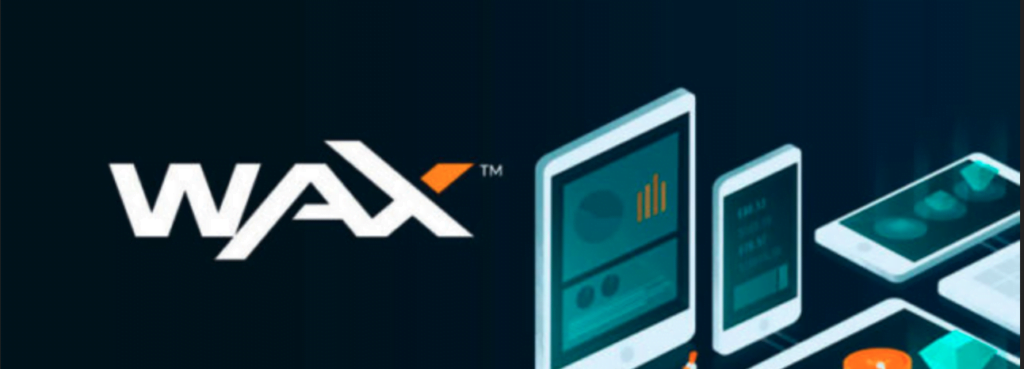WAX (Worldwide Asset Exchange) is a leading blockchain for NFTs. It is mainly known for its low energy consumption, which, according to ClimateCare.org data, is approximately 0.000223 terawatts per year. In comparison to Bitcoin, WAX is 66,454 times more energy efficient.
Delegated proof-of-stake is the key to low energy consumption
Energy efficiency is achieved thanks to the type of blockchain consensus algorithm that WAX uses. It’s known as the delegated proof-of-stake (dPoS), developed by Daniel Larimer in 2014. Although it works similarly to proof-of-stake, there is an important nuance.
In dPoS, transactions aren’t validated by the token holders directly. Instead, WAXP token holders delegate the validation task to others through their votes. Delegates act as block producers and are responsible for reaching consensus during the production and validation of new blocks.
In a dPoS system, there can be between 21 to 100 unique delegates. WAX uses a 21-delegate approach where delegates (or block producers) are known as “WAX guilds.”
The success of dPoS depends strongly on the reputation of the guilds. Should an elected guild not work efficiently, token holders can pick a new one quickly. That’s why, although the system is partially centralized, dPoS can process more transactions per second (TPS) in most cases compared to proof-of-stake.
How does the voting process work?
WAX motivates community participation in choosing the guilds by distributing staking rewards to the voters. To vote, you should hold WAXP tokens in your WAX Cloud Wallet and stake them.
To earn staking rewards, you must vote for at least 16 guilds. But, for most people, this way of voting is cumbersome, as researching the right delegates requires time. Therefore, you can also vote through proxies which do the research and vote for the best guilds. You can search for Wax proxies here.
Every month, the WAX community chooses 21 active and 10 standby guilds. Monthly guild rating reports are published by the WAX Office of Inspector General, a committee whose primary task is to watch all the guilds to judge their contribution to the WAX ecosystem.
As a result of the efficient community participation in the voting process and the use of delegated proof-of-stake consensus algorithm, environmental-friendly NFT minting is possible.

WAX NFTs
In short, WAX can handle high volumes of transactions with low fees. Consequently, it is a significant player in the NFT world as it’s the go-to blockchain for many NFT collections, marketplaces, and games.
AtomicHub and NeftyBlocks are two significant marketplaces where you can trade WAX NFTs.
Well-known play-to-earn games run on the WAX blockchain also, including Alien Worlds and Farmers World. These two games are among the top 10 games per Dapp Radar data at the time of writing. Another analysis by Dapp Radar from July 2022 shows that WAX users account for 42% of the whole GameFi sector.
What are vIRL NFTs?
Virtual in real life (vIRL) NFTs are particular types of WAX NFTs. Each vIRL is linked to physical, real-world merchandise or service. Owners of vIRLs can redeem the NFTs for the physical product or transfer the ownership to someone else without physically shipping the linked product, which is a sustainable way to trade real-life items.
vIRLs represent WAX’s approach to integrating e-commerce with blockchain. To this end, it partnered with notable consumer brands. For example, Funko launched its first-ever NFT collection using vIRLs that are linked to physical Funko figures. Hasbro also launched a vIRL NFT collection that featured its Power Rangers franchise.
The next major step of WAX towards a greener blockchain ecosystem will be the introduction of WAX Carbon Impact NFTs, vIRL NFTs that will function as carbon offsets. Users who hold these NFTs will be able to contribute to tree saplings planted by the National Forest Foundation.
Author

Nagi An is a content writer who is passionate about NFTs, web3, DAOs, and DeFi. She's covers a variety of topics about NFT fundamentals.




